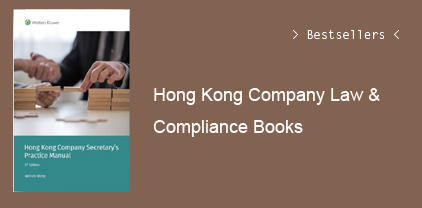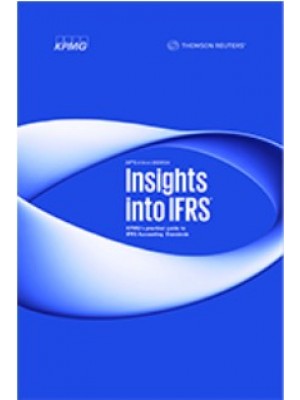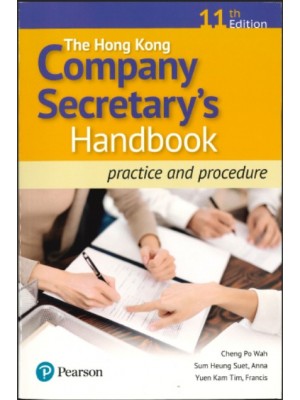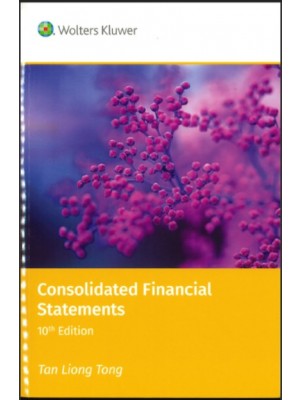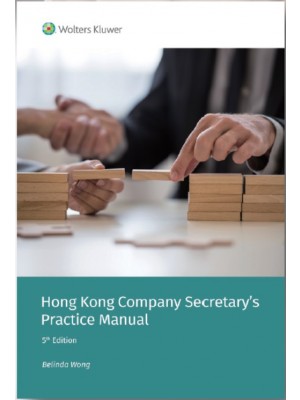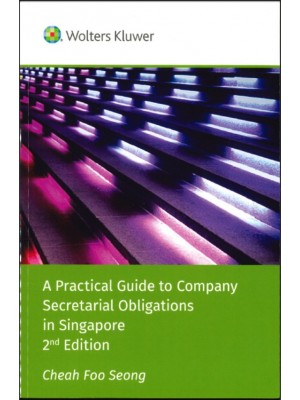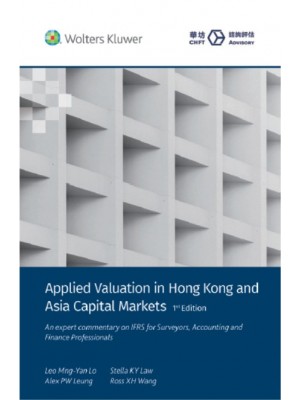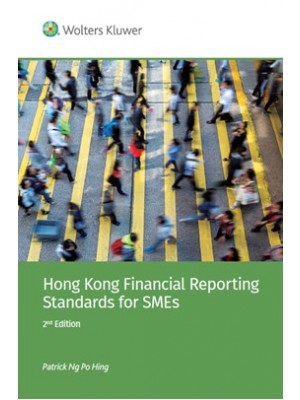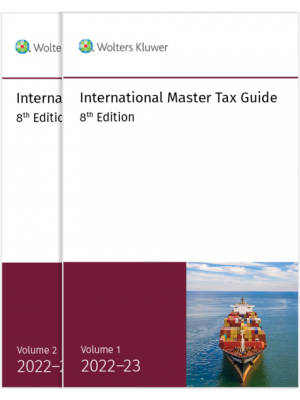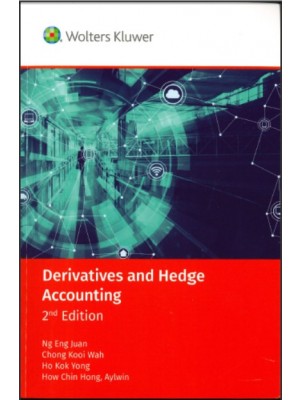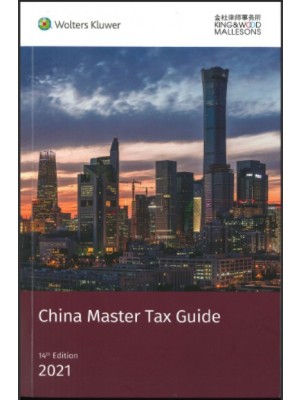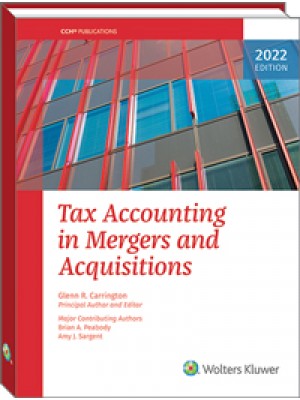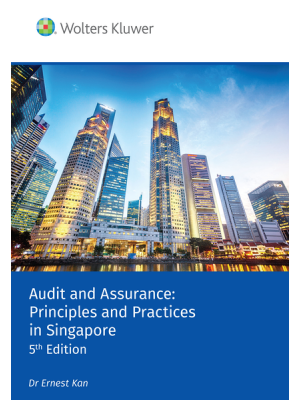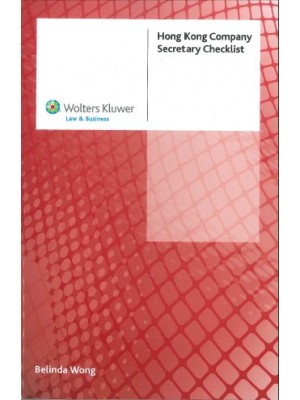Foreword
Preface
1 Introduction
PART I OVERVIEW OF FINANCE, MACROECONOMICS, AND RISK CONCEPTS
2 A Brief History of Macroeconomics, and Why the Theory of Asset Pricing and Contingent Claims Should Shape its Future
2.1 A brief history of macroeconomics
2.2 How uncertainty is incorporated into macroeconomic models
2.3 Missing components in macro models: balance sheets with risk, default and (nonlinear) risk exposures
2.4 Asset pricing theory, financial derivatives pricing and contingent claims analysis
2.5 Autoregression in economics vs. random walks in finance.
2.6 Asset price process related to a threshold or barrier
2.7 Relating finance models and risk analytics to macroeconomic models
2.8 Toward macrofinancial engineering
2.9 Summary
References
3 Macroeconomic Models
3.1 The Hicks–Hansen IS-LM model of a closed economy
3.2 The Mundell–Fleming model of an open economy
3.3 A dynamic, stochastic, five-equation small open economy macro model
3.4 Summary
References
4 Stochastic Processes, Asset Pricing, and Option Pricing
4.1 Stochastic processes
4.2 Itô’s lemma
4.3 Asset pricing: Arrow–Debreu securities and the replicating portfolio
4.4 Put and call option values
4.5 Pricing the options using the Black–Scholes–Merton formula
4.6 Market price of risk
4.7 Implications of incomplete markets for pricing
4.8 Summary
Appendix 4A Primer on relationship of put, call, and exchange options
Appendix 4B Physics, Feynman, and finance
References
5 Balance Sheets, Implicit Options, and Contingent Claims Analysis
5.1 Uncertain assets and probability of distress or default on debt
5.2 Probability of distress or default
5.3 Debt and equity as contingent claims
5.4 Payoff diagrams for contingent claims
5.5 Understanding why an implicit put option equals expected loss
5.6 Using the Merton model and Black–Scholes–Merton formula to value contingent claims
5.7 Measuring asset values and volatilities
5.8 Estimating implied asset value and asset volatility from equity or junior claims
5.9 Risk measures
5.10 Summary
References
6 Further Extensions and Applications of Contingent Claims Analysis
6.1 Extensions of the Merton model
6.2 Applications of CCA with different types of distress barriers and liability structures
6.3 Risk adjusted and actual probabilities using the market price of risk, Sharpe ratios, and recovery rates
6.4 Moody’s-KMV’s approach
6.5 CCA using skewed asset distributions modeled with a mixture of lognormals
6.6 Maximum likelihood methods
6.7 Incorporating stochastic interest rates and interest rate term structures into structural CCA balance sheet models
6.8 Other structural models with stochastic interest rates
6.9 Summary
Appendix 6A Calculating parameters in the Vasicek model
References
PART II THE MACROFINANCE MODELING FRAMEWORK
7 The Macrofinance Modeling Framework: Interlinked Sector Balance Sheets
7.1 Contingent claim balance sheets for sectors
7.2 Measuring asset values and volatilities
7.3 Measuring risk exposures
7.4 Linkages in a simple four-sector framework
7.5 Integrated value and risk transmission between sectors
7.6 Policy effectiveness parameters in implicit options
7.7 Advantages of an integrated balance sheet eiskapproach
7.8 Summary
References
8 The Macrofinance Modeling Framework: A Closer Look at the Sovereign CCA Balance Sheet
8.1 CCA balance sheet for the government and monetary authorities
8.2 Sovereign distress
8.3 Calculating implied sovereign assets and implied sovereign asset volatility using CCA for the public sector balance sheet
8.4 Applications of the macrofinancial risk framework to sovereigns
8.5 Sovereign risk-neutral and estimated actual default probabilities on foreign-currency-denominated debt
8.6 Spreads on sovereign foreign currency and local currency debt
8.7 Breaking down sovereign assets into key components
8.8 Risk-based scenario and policy analysis using calibrated sovereign CCA related to spreads on foreign currency debt
8.9 Short-term and long-term government CCA balance sheets with monetary authority
8.10 Summary
Appendix 8A Value and volatility of local currency liabilities and base money
References
9 The Macrofinance Modeling Framework: Linking Interest Rate Models in Finance and Macroeconomics
9.1 Overview of interest rate term structure models in finance
9.2 Two early theories: liquidity preference and the market for loanable funds
9.3 Monetary policy, Taylor rules, and interest rates
9.4 Reconciling different perspectives on interest rate behavior
9.5 What to do when the monetary authority is linked closely to the government balance sheet
9.6 Summary
References
10 Macrofinance Modeling Framework: Financial Sector Risk and Stability Analysis
10.1 Calculating risk indicators for individual banks or financial institutions
10.2 Time series of financial system risk indicators
10.3 Snapshot of system risk
10.4 Expected loss as a portfolio of implicit put options
10.5 Using a structural Merton model with stochastic interest rates for capital adequacy estimates
10.6 Factor model to assess key drivers of system risk and for scenario analysis
10.7 Multifactor risk analysis using copulas
10.8 Household balance sheet risk
10.9 Linking banking sector loans to corporate, household, and other borrowers
10.10 Foreign-currency-denominated loans and the impact of the presence of foreign banks on banking system risk
10.11 Financial stability indicators for links to macro models
10.12 Summary
Appendix 10A CCA model for banks and borrowers with foreign-currency-denominated debt and lending spreads based on credit risk
References
11 Macrofinancial Modeling Framework: Extensions to Different Exchange Rate Regimes
11.1 Floating exchange rate regimes, interest rates, and the sovereign balance sheet
11.2 Fixed exchange rate regimes, interest rates, and the sovereign balance sheet
11.3 The impact of capital flows on the CCA sovereign balance sheet
11.4 Role of quasi-public entities in exchange rate management
11.5 Summary
References
PART III LINKING MACROFINANCIAL AND MACROECONOMIC FRAMEWORKS
12 Sovereign Reserve, Debt, and Wealth Management from a Macrofinancial Risk Perspective
12.1 Reserves adequacy and asset allocation: moving from simple rules to a national framework
12.2 CCA for a firm with a subsidiary and its wealth management
12.3 Constructing contingent claim balance sheets for the national economy
12.4 Macro risk and wealth management
12.5 Summary
References
13 Macrofinancial Modeling Framework: Relationship to Accounting Balance Sheets and the Flow of Funds
13.1 Economy-wide macro contingent claim balance sheets and risk exposures
13.2 Recovering traditional macroeconomic budget constraints and flow identities from CCA valuation equations when volatility is zero
13.3 Inter-linkages between CCA balance sheets, flows, and risk premiums
13.4 Using the production function to link corporate and household assets
13.5 Macrofinance, macroeconomic flows, and the business cycle
13.6 Summary
Appendix 13A Cross-holding by households and financial sectors of contingent claims in other sectors
Appendix 13B Contingent claim values and returns of different sectors
References
14 Macrofinancial Risk Framework Linked to Macroeconomic Models
14.1 Adding risk analytics to the spectrum of macroeconomic models
14.2 The Mundell–Fleming model and default risk
14.3 Linking macrofinance outputs to DSGE models
14.4 Linking macrofinance outputs to dynamic, stochastic macroeconomic
14.5 Linking macrofinance outputs to macroeconometric VAR models
14.6 An integrated policy framework
14.7 Summary
References
PART IV CRISIS AND DISTRESS IN ECONOMIES
15 Macroeconomic Models vs. Crisis Models: Why Nonlinearity Matters
15.1 Recent financial crises and crisis models
15.2 Summary
References
16 Sensitivity Analysis, Destabilization Mechanisms, and Financial Crises
16.1 Sensitivity analysis, the “Greeks”, and the valuation multiplier effect
16.2 The volatility leverage effect
16.3 Feedback between the forward rate and domestic interest rates on local currency debt
16.4 Feedback between local currency debt issuance and local currency spreads in the presence of contingent liability constraints
16.5 Summary
References 17 The Case of Thailand 1996-1999
17.1 Background
17.2 A macrofinance analysis of the Thai crisis
17.3 Scenario analysis
17.4 Summary
Appendix 17.A Banking and corporate sector risk analysis with scenarios
References
18 The Brazil Crisis of 2002–2003
18.1 Background
18.2 A macrofinance analysis of the Brazil crisis
18.3 Summary
References
PART V MACROFINANCIAL MODEL APPLICATIONS AND ANALYTICAL ISSUES
19 International Shocks, Risk Transmission, and Crisis Prevention
19.1 Changing global environment and global risk
19.2 Types of global shocks and the interaction with macrofinancial risk models
19.3 The international financial system and crisis prevention
19.4 Structuring an effective risk management hierarchy from the international level down to the country authorities
19.5 Summary
References
20 Macro Risk Management: Ways to Mitigate, Control, and Transfer Risk in the Economy
20.1 Overview of ways to manage risk
20.2 Direct change in financial structure
20.3 Risk transfer
20.4 Management of guarantees
20.5 Longer term risk management via institutional and policy change
20.6 Summary
References
21 Integrated Framework for Corporate and Sovereign Relative Value and Capital Structure Arbitrage
21.1 Capital structure arbitrage for firms and financial institutions
21.2 Credit and equity cycles
21.3 Sovereign capital structure relative value
21.4 Summary
References
22 Conclusion and New Directions for Macrofinance
22.1 Summary of conceptual issues
22.2 The roadmap for an integrated contingent claims analysis-macroeconomic model
Appendix A The Mundell-Fleming Model with Default Risk
A.1 The market for loanable funds
A.2 Some properties of the IS-LM-BP-RP model
A.3 Monetary and fiscal policy
A.4 Effect of changes in μ and σ on equilibrium
Index



